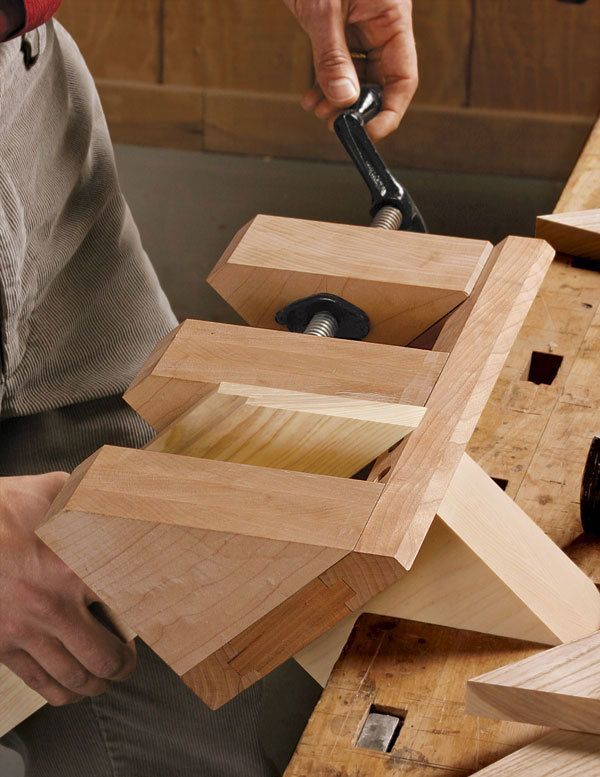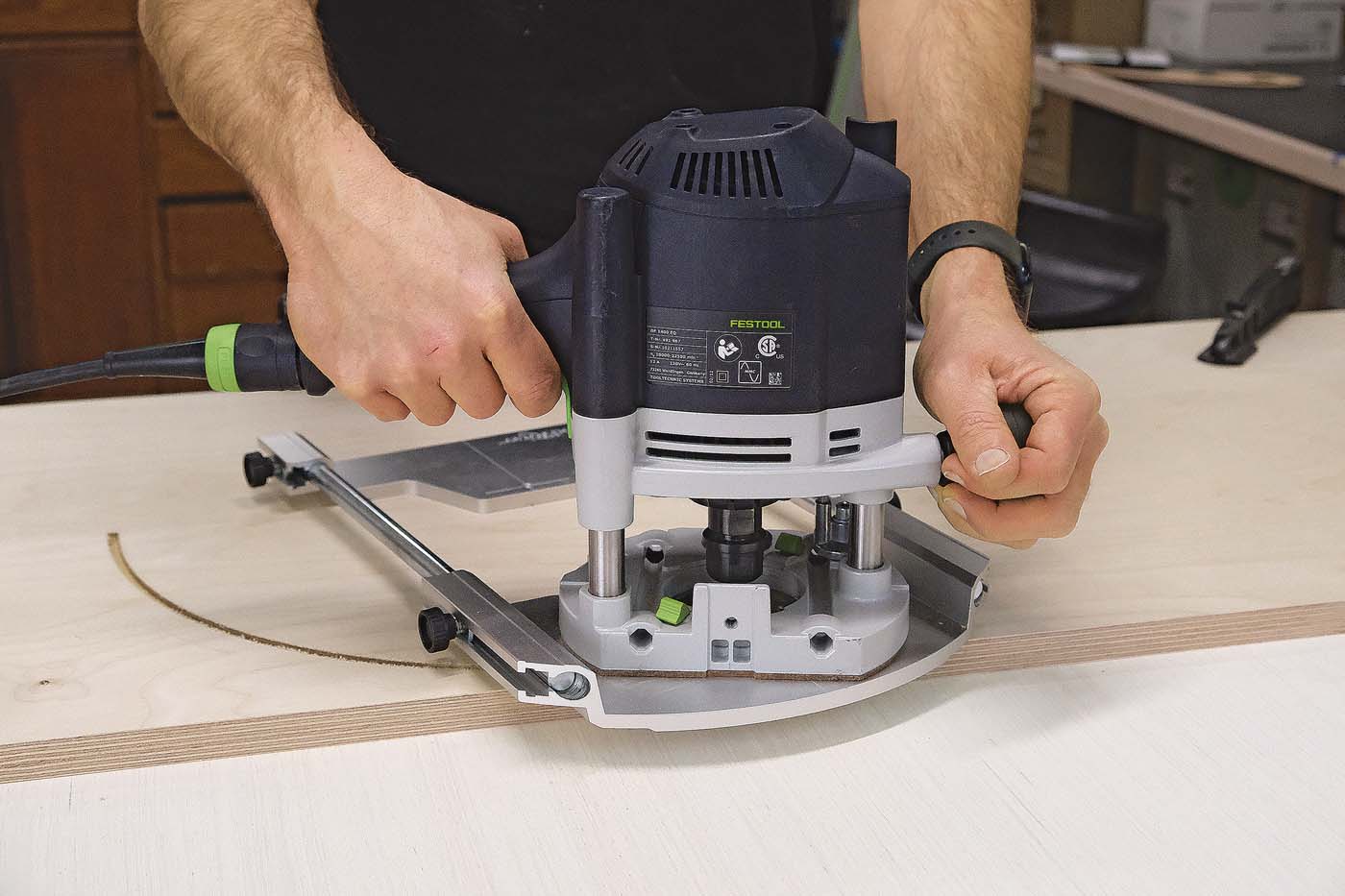Precision Jig for Precise Joints
The miter shoot allows you to plane components for a perfect fit
Synopsis: The miter shoot, a jig that consists of two working surfaces aligned at 45° and 90° that is clamped to the workbench, can be used to true up parts for miter joints, trim a tenon’s cheeks at 90°, and trim and square tenon shoulders. Making one takes some time and a commitment to accuracy — all the surfaces and angles must be true, and the sliding parts must run smoothly without sloppiness. But once you build one, you’ll find it hard to do without it: Miters will lose their capacity to intimidate, and you’ll be truing up tenons without the risk of tearout.
From Fine Woodworking #190
“What’s that?” asked Peter Korn, looking at the thing clamped in the tail vise of my bench. The object was a screw miter shoot that I use on almost every project. Korn, director of the Center for Furniture Craftsmanship in Maine, had come to my shop to invite me to teach at the school. When I accepted, he asked if I would bring my miter shoot. “No,” I replied, “but I’ll make one for you while I’m there.”
In my workshop, students make a miter shoot as their first task. It teaches them the importance of accuracy, care, and respect for tools, and they leave with a jig that will benefit them throughout their careers.
The miter shoot consists of two working surfaces aligned at 45° and 90°. The former is used to true up miter joints; the latter, to square up tenon shoulders and cheeks.
I can’t claim credit for inventing this tool. As a student at the Royal College of Art in London, I discovered a decrepit one gathering dust under a bench. Even in poor condition, the jig was so much better than a bench vise for trimming miters that I decided to build one for myself.
The base has a sliding block The shoot consists of a metal press screw attached to a fixed block; a pair of wooden jaws, one of which slides along a tongue-and-groove base; and a block attached to the underside of the base that mounts in a bench vise. I quickly realized that the secret to this tool is accuracy: The sliding jaw must run smoothly on the base with no sloppiness. Time invested in construction will pay dividends during use.
For the full article, download the PDF below:
Fine Woodworking Recommended Products

Festool DF 500 Q-Set Domino Joiner

Woodriver Circle Cutting Jig

Double Sided Tape























Log in or create an account to post a comment.
Sign up Log in